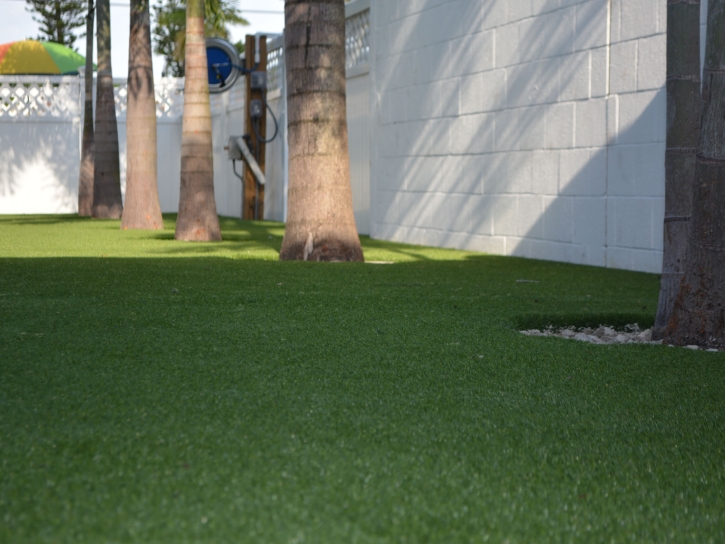Synthetic Grass Nolanville, Texas City Landscape, Commercial Landscape
Fake turf can be installed exact up to the tree's trunk, they think that unlike mulch or natural turf, not only that. Fake grass does not harm the roots of a big tree, but there are a few exceptions, in most cases. Artificial turf has been used primarily on athletic fields in the past, where installing it over the roots of a tree was never an issue. Homeowners do not need to be too concerned about the consequences of large tree roots on artificial turf, but they must make sure that the tree roots are not damaged. All the same, due to its long-lasting superior and the reality that it requires less maintenance than natural lawn, fake turf is popular with some home gardeners. The results can be devastating. Most companies believe that the fake turf can be placed directly over the roots of a large tree without harming them.
In such a situation artificial grass can supply a surface that takes no care, looks good year-round, and saves untold amounts of valuable irrigation water. You can even cover the undivided area with a shade structure. He is an avid gardener and believes that good growth starts with a supportive, raised on an organic farm, rich foundation - a philosophy that serves him well in both gardening and teaching. A few colorful potted plants and vines can complete the look. Texas is a teacher, and the father of three girls, lukas Williams from Nolanville, a writer. Time is money, in Nolanville, it may shock some people that a devoted organic landscaper would suggest that the artificial turf could have any advantages at all. Lukas believes that synthetic grass is usable in certain situations. For example, we all know that side yards are not easy difficult to landscape since the hot sun can fluctuate with too much shade.
Big trees can be a big annoyance when it comes to surface roots. Less well-known choice, is to install the synthetic turf, a third. You can throw out the turf can grow, once the roots of large trees permeate your lawn surface. But many home caretakers are reluctant to do that, one solution is to get rid of the tree completely. Another answer is to stop trying to grow turf over the roots.
One good way of installing artificial grass on the landscape with trees is to leave a circle around trees as an alternative of covering the trunk's base. It will help you to water, fertilize a tree as needed. You can work it into the circle rather than raking it our of the lawn, also, when leaves fall from a tree and a debris drops.
It can benefit tropical and subtropical trees, if you pick out the type of fake grass that can get very hot. The ground can get too tropical - especially during unusually hot and dry seasons, but for trees that prosper in cold climates. Such as the southern oak, artificial turf is desirable to install over large trees that grow best in warm states.
But it insulates the roots and can hurt the tree roots, it does stifle weed growth. Artificial grass does not work as mulch. Die and the trees dry up, tree roots are not able to receive nutrition and oxygen, after a couple of years and, air access and Without water. Let it "breath" and we exceedingly recommend taking one additional step to keep the roots moisturized, as the manufacturer of the synthetic turf in the United States.

